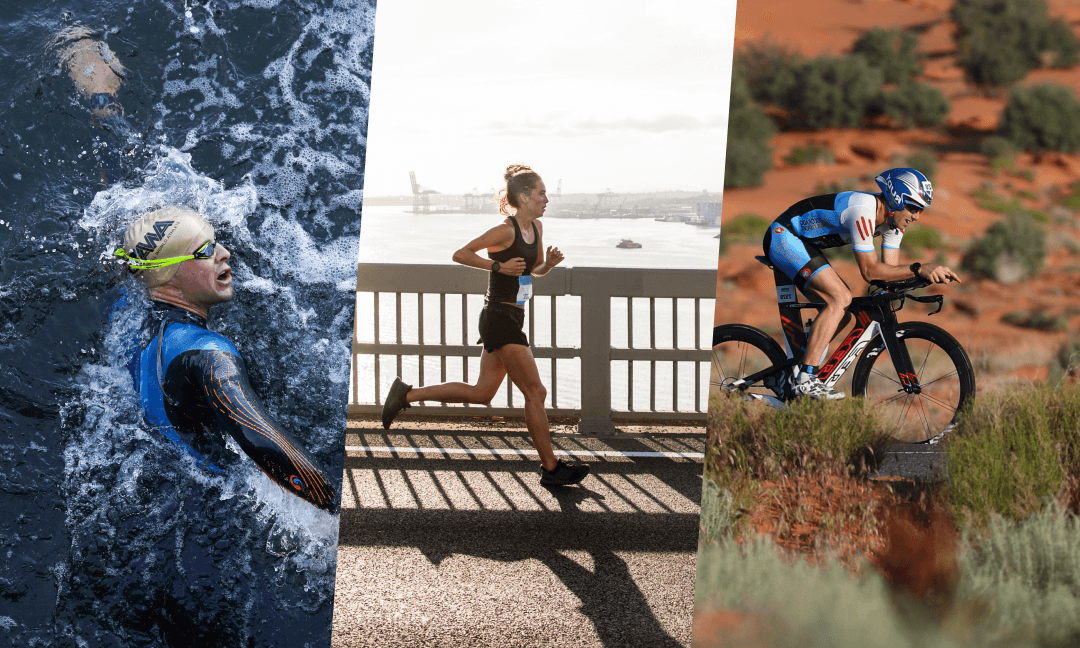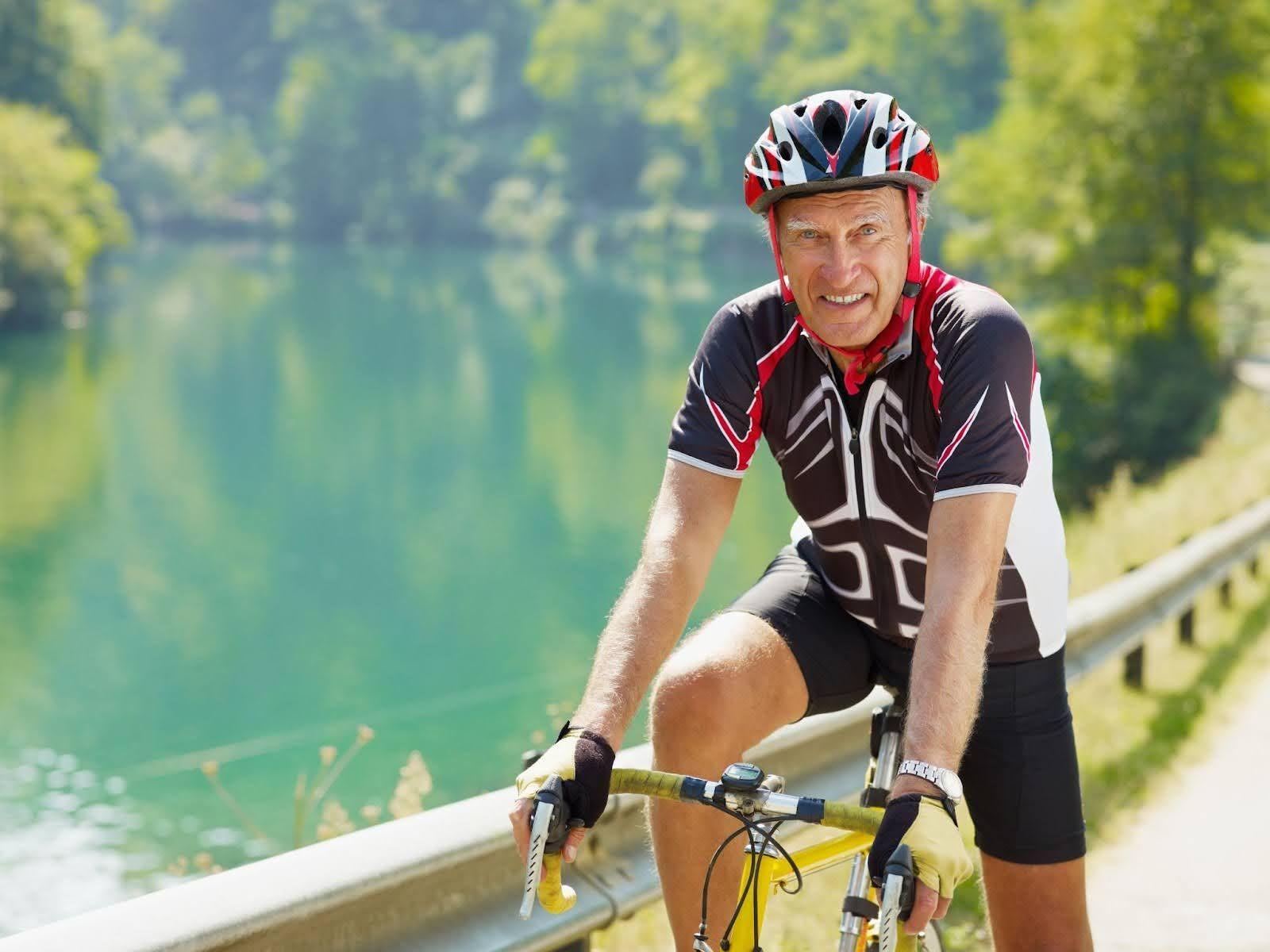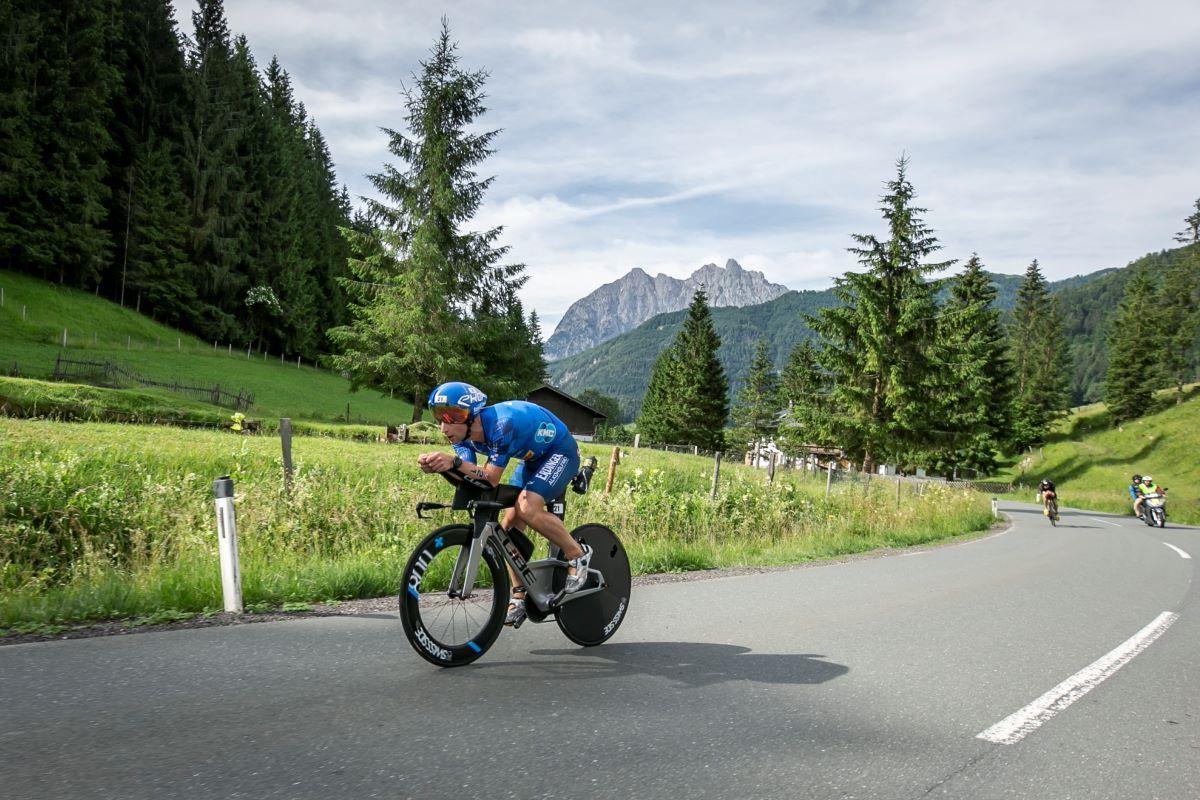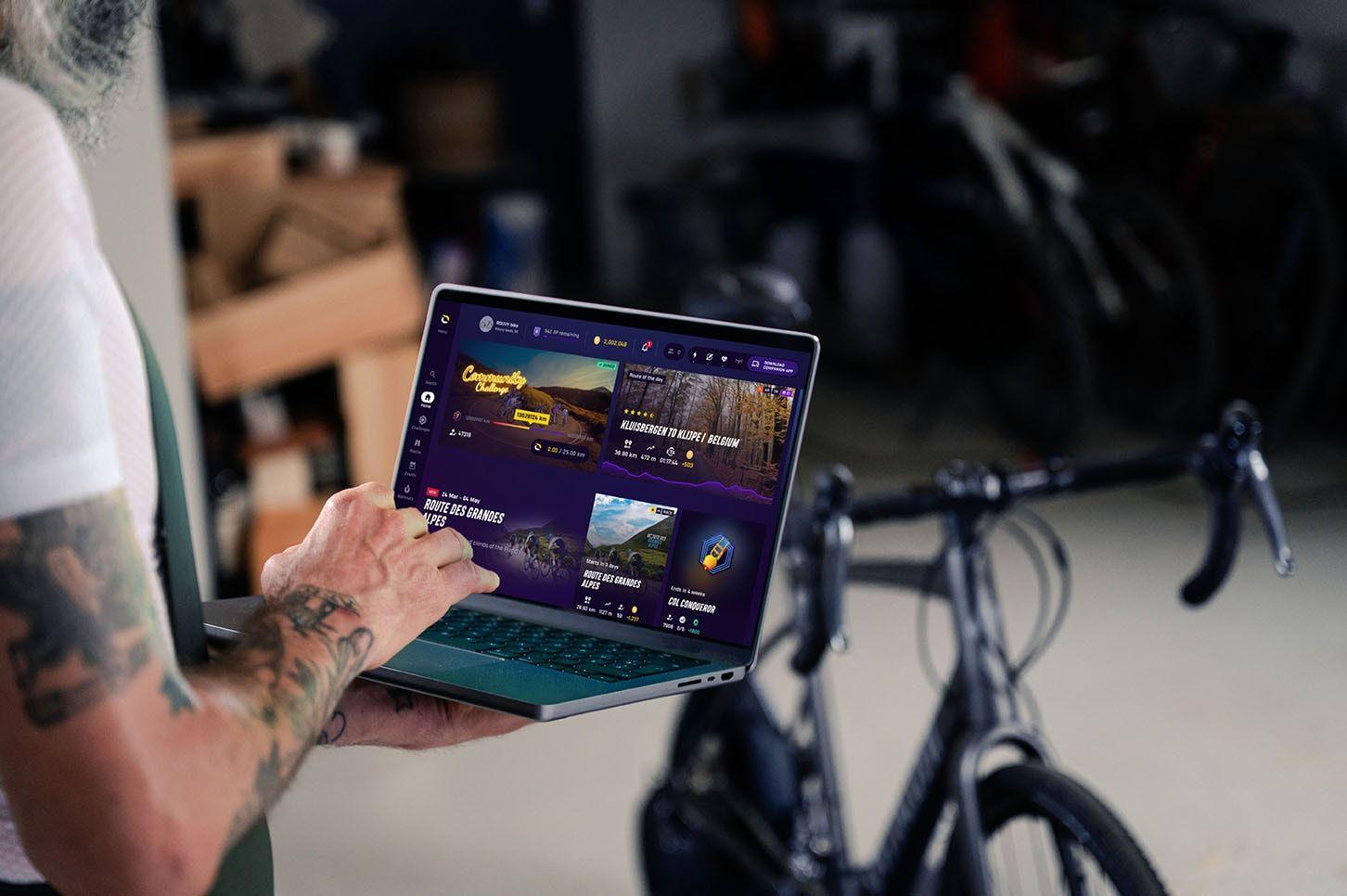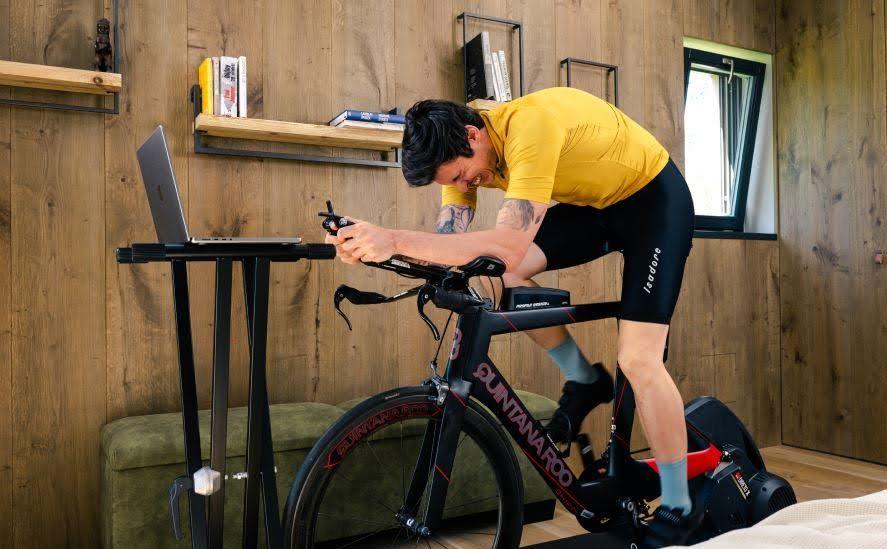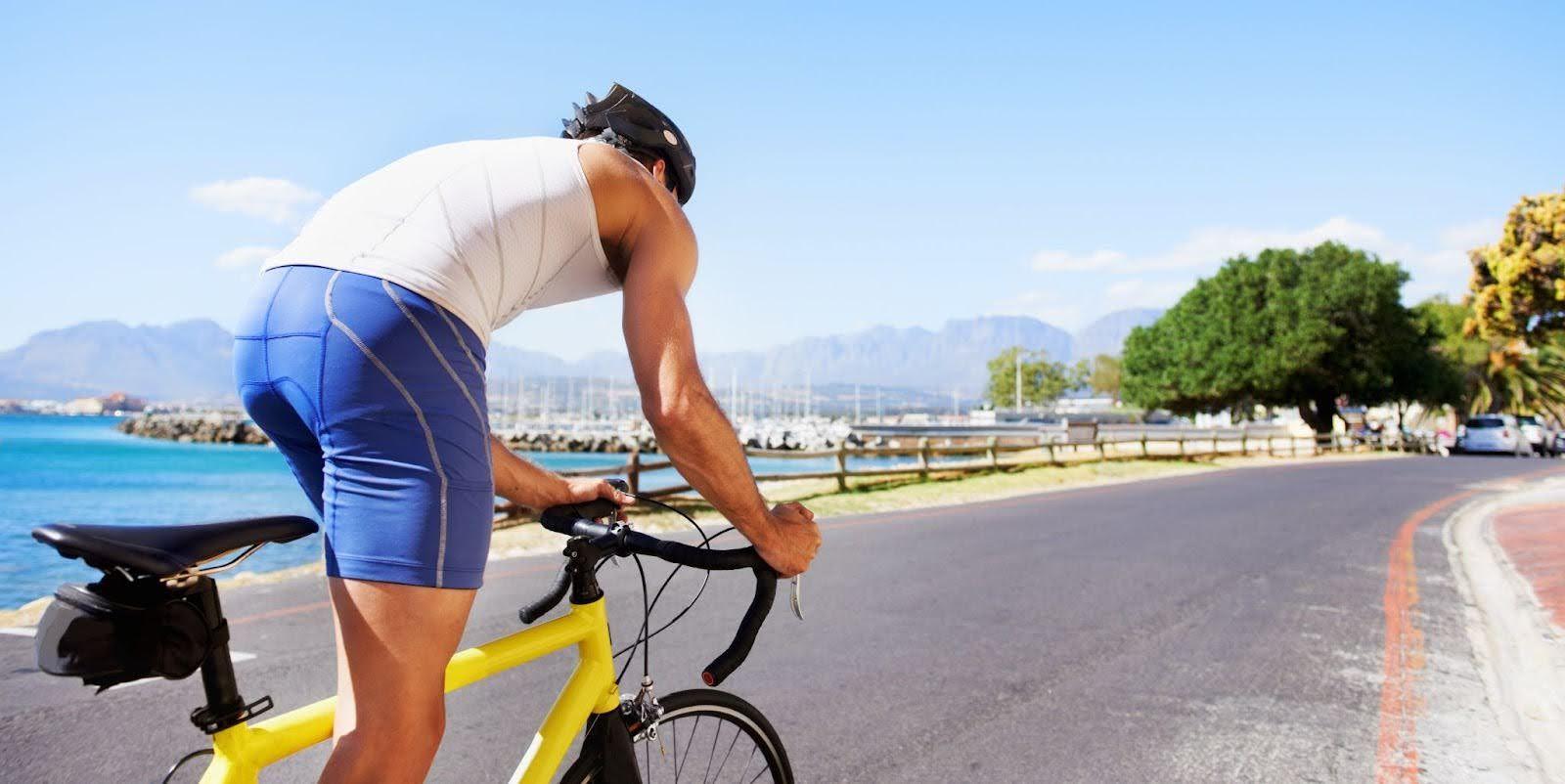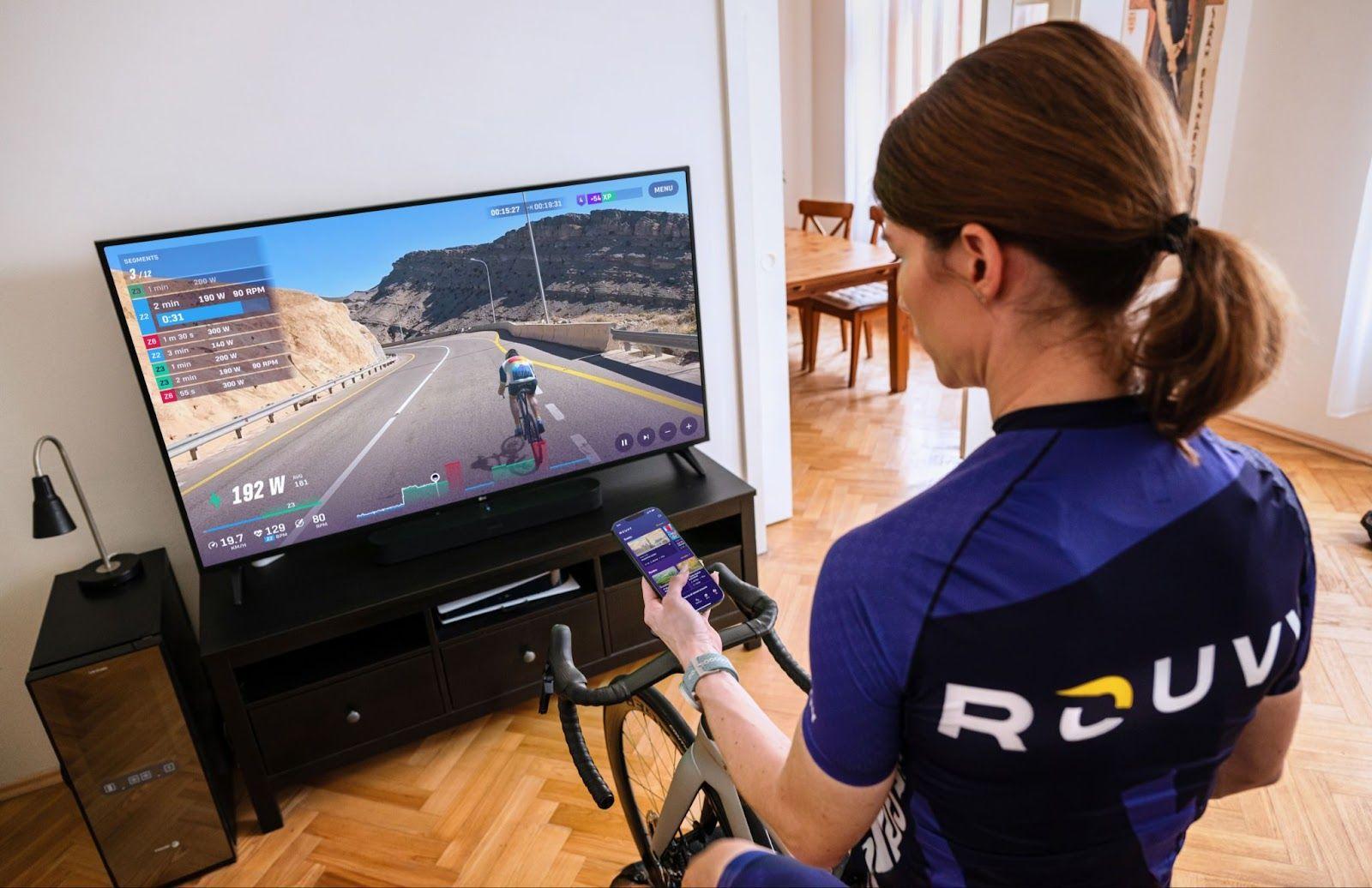You find yourself shivering, lost in the middle of the course, without your bike, wearing ripped jeans, no helmet, and not knowing which way to go. Suddenly, you jolt awake, drenched in a cold sweat, trying to drag yourself out from under the heavy fog of those fearful dreams. That nightmare reveals something big: just how unprepared you’re feeling about your next race day.
You can sleep better at night by knowing exactly what to check before a bike race, whether you are an experienced pro or an amateur getting ready for your first race season.
Pre-Race Equipment Prep
A simple mistake could cost you the race, cause injuries, or break your bike. Before you get a little freaked out, remember most mistakes are actually avoidable. Not only will you be safer, but you’ll also feel more confident knowing that your bike and equipment are organized and in good working order. We’ve got you covered with what to check before a bike race.
The Night Before: Key Equipment Checks
Eddie Merckx wasn’t just known for his astounding cycling career- but also for adjusting his saddle throughout the race. Although we all want to be as fast as the esteemed Eddie, we don’t really want to be making changes mid-race. Instead, do your cycling equipment prep the night before.
Pump up your tires to the best race day PSI. Check that the valve stems and tires aren’t leaking. Test your drivetrain for smooth shifting, then clean and wax your chain. Test your brakes, and while you’re at it, plug in all of your batteries: electronic shifters, lights, and, of course, your bike computer.
Give your bike a proper once-over: tighten the bolts and skewers, and ensure your cockpit is set up comfortably (consider the computer mount, hoods are even, and bars are flat).
If your race requires a GPS route, download it and test it on your bike computer. The last thing you want to do is get lost in the weeds when you’re trying to win.
Have your nutrition plan in place, especially if your race is longer than an hour. Don’t wait for race day – make sure you are training your nutrition alongside your Rouvy race training plan.
If you’re a virtual racer, it’s time to show your trainer some love! See to it that your power meter is functioning correctly by running a spin-down on your trainer and checking your power cables. Update your firmware and software, too.
I like to lay out all my gear the night before so I can rest easy, knowing everything is prepared. But here’s what to do if you’re a morning-of-packer.
The Morning of Race Day: Final Gear Prep
Here’s what to pack, wear, and recheck the morning of race day.
If you’re an outdoor racer, consider the weather when you pack your cycling or tri kit. I like to be prepared for a variety of situations, especially in transitional seasons when the weather can change faster than you can log in to your Rouvy account. And if you have a backup kit, pack that too! It’s better to be over-prepared (especially when you’re new) than underprepared. Try this gear checklist for your next cycling race.
Packing Checklist for Cycling
- Jersey and Bibs or Skinsuit or Tri suit
- Wetsuit if needed
- Base layer
- Helmet
- Sunglasses
- Socks
- Gloves
- Bike Shoes (Make sure you have the shoes that match the pedals on your bike)
- Outerwear: Sleeves, Arm and leg warms, rain jacket, wind vest, Gabba, or jacket (depending on the season)
Supplies
- Water bottle
- Nutrition: Energy bars, gels, drink mixes, etc
- Bike tools
- Spare tubes
- Batteries for your lights, power meter, and shifters
- Extra wheelset
- Spare bike, if needed
- Bike trainer for warming up
- Towel
- Plenty of off-bike food and snacks
- Race license
- ID
- Entry fee
- Your contact information
- Your emergency contact information
What to Recheck Before Your Race
Give your bike a final once over before your race, making sure everything is just right so you don’t get a nasty surprise when you clip in at the gate.
Race Day Bike Prep Checklist
- Tires and tire pressure
- Electronic Shifting
- GPS/ Bike computer
- Lights
Nutrition and Hydration
You may not need much nutrition for a short sprinty race, but endurance races require some planning ahead.
Figure out how many carbs you need throughout the race. I prefer taking in 60 to 90 carbs per hour, but some racers take in more. Multiply the number of hours of racing by the number of carbs. For example, if you want 90 grams of carbs per hour for a 3-hour race, you’ll need about 270 carbs. Most gels have about 25 g per serving, so if you are getting your nutrition strictly from gels, you’ll need about 11 gels (plus spares).
Too many gels throughout the day could lead to upset stomachs, so be sure to test it out ahead of time and consider adding in ‘real food’ such as candies, pbjs, or bananas to break it up (provided you can eat them while racing). You’ll probably want to take your first gel around the 30 to 45-minute mark, so you’ll consume less carbs the first hour. Rest stops often offer nutrition, snacks, and water, but be sure to check ahead of time.
Nutrition and Hydration Checklist
- Gels
- Drink mix /Electrolytes
- Salt tabs
- Other bike snacks, as needed
Pro Tips from Experienced Riders
Use these race day tips for cyclists to avoid some common race-ending mistakes.
In endurance races, one of the primary reasons people fail is due to inadequate fueling. When you bonk, fatigue sets in, you have trouble making decisions, and you might feel fuzzy. Eat early and often and pack enough nutrition.
Plan enough time to get to your race. You’ll need time to park, change, register, have a snack, check your equipment, and warm up. Sure, I’ve had races where I had just enough time to show up and jump on the start line without a pre-ride or warm-up, but I don’t recommend it.
Bring the right shoes. Don’t be that person who brings their road shoes and their SPD pedals (or vice versa). You’ll lose power, stability, confidence, and, likely, the race.
To score you, the race officials need to be able to see your number clearly. Generally speaking, you’ll pin it on whichever side will be visible to the officials when you pass by (but make sure you ask at registration). The number needs to be easy to read and stretched tight across your side and back so that it doesn’t bunch up when you run or ride.
Leave your ego at home. We know the stakes are high, and you want to win! But copping an attitude just gets in the way. Nobody likes to race with someone who thinks they are better than everyone else. Be helpful, be humble, and do your best.
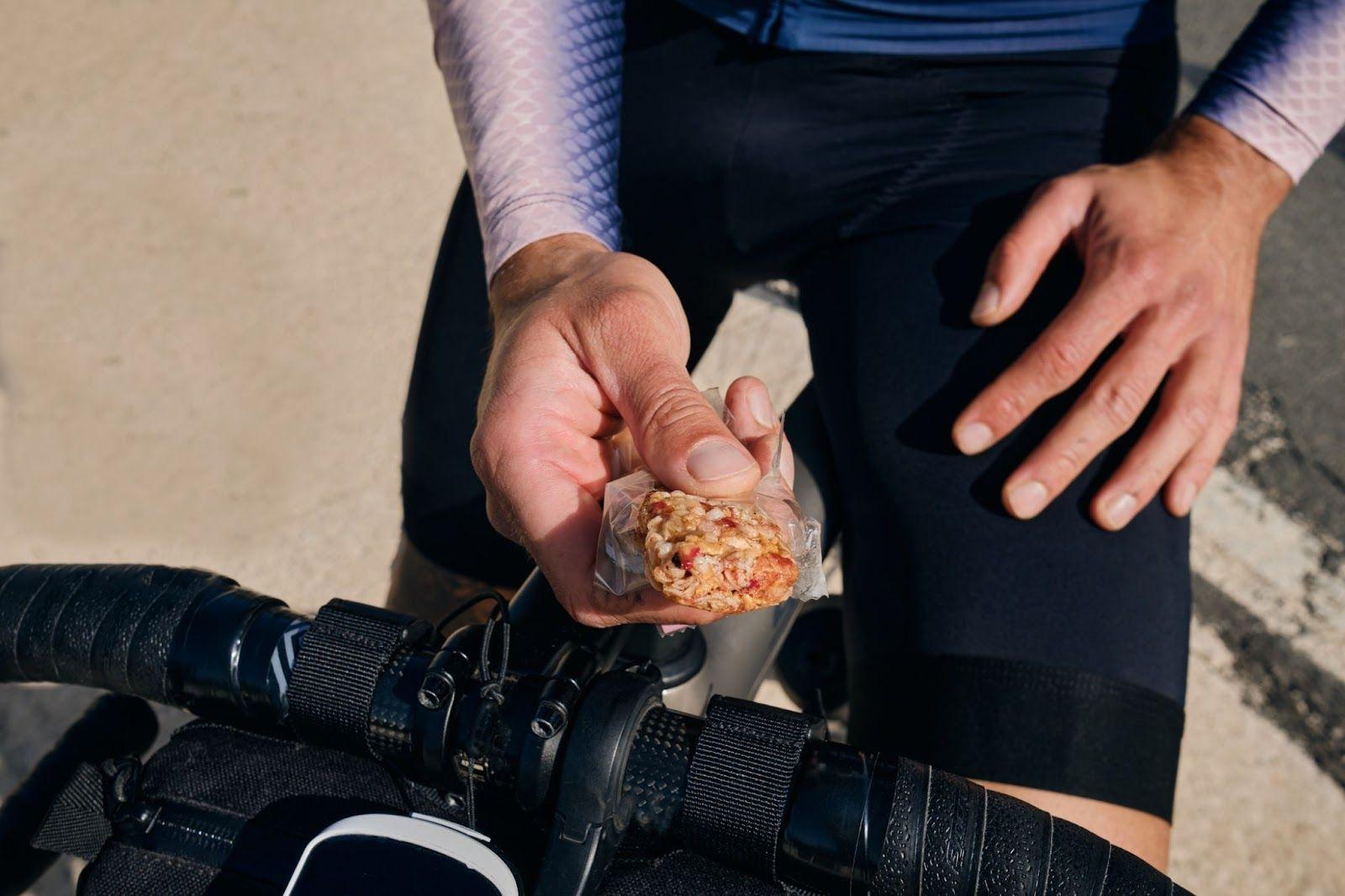
Personal Prep Routines
Building a race-day routine will help you get your mind and body ready to race. Start the day early enough that you don’t feel rushed. Eat a good breakfast. Leave extra early so you don’t get anxious -save that high-speed energy for the course! In time, you’ll settle into a routine that works for you and ensures you have everything you need when you need it.
Transitioning from Training to Racing: Mindset Matters
You’ve worked hard, put in the training hours, practiced your nutrition, and dialed in your equipment. Now it’s showtime!
The best advice I ever received for race day was just to show up and see what you’ve got. Things are probably going to go wrong – flats happen, swims get canceled, laces break, and water bottles go flying. Winning is great but beating your expectations and all the odds is even better!
Virtual racing? Don’t skip These Essentials!
There’s just as much pressure to perform when it comes to indoor races, but you can beat those pre-race jitters with a bit of prep.
Calibrate Your Smart Trainer
You want your trainer to be ready when you hit the start line. That means doing a proper warm-up (for both you and the trainer). If your trainer requires one, plan enough time to perform a calibration or spin-down before the gun fires.
Check ahead to see if your trainer is in race mode and if you need multiple power readings (for example, does your race need power readings from both the trainer and a power meter?).
For indoor racing, you’ll want to have a few extra items on hand to make the race more bearable:
Indoor Race Day Checklist
- A blower or fan
- Towels
- Extra hydration
- Nutrition for long races
- Computer or tablet
- Headphones and music, if desired
I keep an Ikea cart next to my trainer when I race so I can stash all my drinks, snacks, and towels.
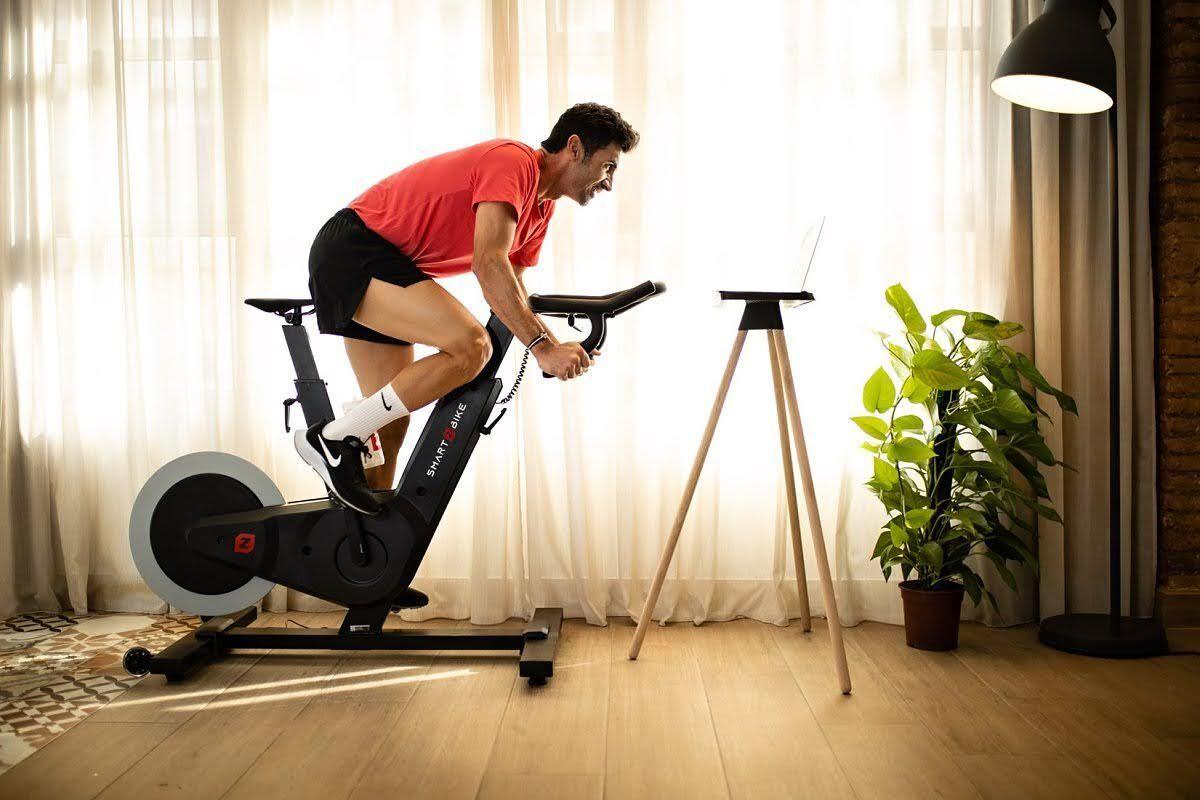
Pre-race Warm-Up: Equipment Still Matters
It’s crucial to warm up for an indoor race. A good warm-up should take about half an hour. Spend a lot of that easy spinning, with several short bursts of race pace energy to remind your heart that you’re about to do some hard work. Keep spinning until race time.
Rouvy has some great routes that work well for warm-ups, including some IRONMAN and other well-known bike race routes. For a longer warm-up, try a Rouvy warm-up ride or event. Just don’t overdo it to keep those legs fresh for the actual race.
Before the warm-up, make sure your bike fit is comfortable. You may need to adjust your saddle your bars or clean your chain. Wear a good-quality chamois with layers that you can peel off when you overheat.
Post Ride Recovery Starts with Good Prep
The proper setup and warm-up lead to better recovery. When you’ve got your bike fit dialed in, you’ll be more efficient on the bike and experience less muscle pain and fatigue, which means you’ll recover more easily. And although you might not feel hungry after a hard race, you definitely want to get those nutrition stores topped up ASAP. Here are a few things you’ll want to bring along for the post-race fun:
- Changing towel
- Wet wipes for cleanup
- Rollers or trainer (to cool down)
- Protein (for muscle recovery)
- Electrolytes (to rehydrate)
- Comfy clothes and shoes (for the after-party)
- Your team shirt, jacket, or fresh jersey to wear on the podium
- Massage gun or foam roller to soothe sore muscles
Final Thoughts: Trust the Process, Not Luck
Racing doesn’t start the day of the race. Rouvy’s virtual training plans and race-day simulation features will keep you on target to race your absolute best.
The better your race prep, the better you’ll feel on race day. Don’t just leave it all to luck – take the time to plan out everything you need from the start line to the finish line. Whether you are a beginner or a pro, a good pre-race cycling checklist will help you be prepared and have the confidence to make it your best race.

